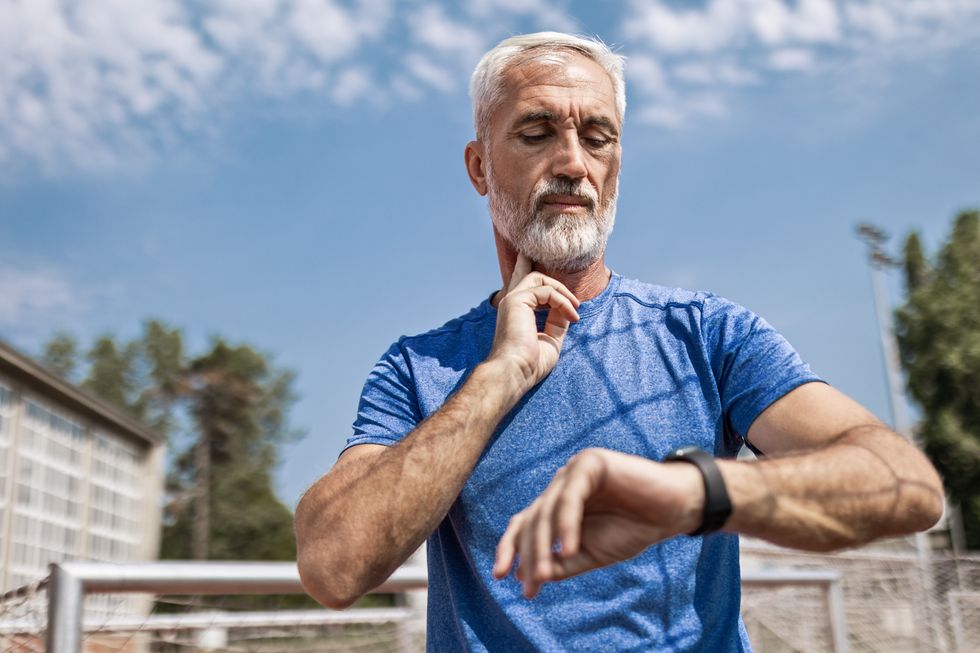Fat-torching exercise may deliver greater benefits than longer workouts in just 60 seconds, says expert

Sprinting is among the most beneficial activities for cardiac protection, a researcher has shared
Don't Miss
Most Read
Brief bursts of sprinting lasting merely sixty seconds might deliver greater health advantages than prolonged gymnasium workouts, exercise researchers suggest.
Katie Hirsch, who specialises in exercise science at the University of South Carolina, considers sprinting among the most beneficial activities for cardiac protection.
This form of exercise typically consists of brief, vigorous efforts ranging from fifteen seconds to one minute, interspersed with recovery periods.
The approach could enhance longevity whilst safeguarding against cardiac conditions and supporting cognitive function.

Sprinting may be among the most beneficial activities for cardiac protection
|GETTY
Rather than serving as a rapid weight-reduction method, this training style may increase fat metabolism during rest periods more effectively than conventional endurance activities.
"You are really maxing out your systems when sprinting, and that creates a big driver for adaptation," Professor Hirsch told National Geographic.
This high-intensity interval training method has demonstrated the ability to enhance VO2 max, which measures the body's oxygen processing capacity during physical activity.
Elevated VO2 max levels correlate with improved cardiovascular fitness and reduced heart disease risk, signalling efficient oxygen extraction and utilisation from blood.

Sprinting triggers significant physiological adaptations
|GETTY
The intense nature of sprinting triggers significant physiological adaptations that benefit cardiac health.
These cardiovascular improvements extend beyond traditional endurance training outcomes, offering protective effects against heart-related conditions.
"As we age, we tend to lose muscle fibres in both size and volume, which is a problem," explained Heather Vincent, who directs the Health Sports Performance Centre at the University of Florida.
This deterioration can result in complications including lumbar pain, heightened fracture risk and sciatic nerve issues.
Professor Vincent notes that sprinting helps maintain the fast-twitch muscle fibres that control speed and power, which typically receive minimal stimulation during routine daily tasks.
This preservation contributes to improved mobility and flexibility in advanced age.
Additionally, sprinting stands out amongst cardiovascular activities for its capacity to enhance bone density, especially in the spine and hip regions.
The mechanism behind bone strengthening follows Wolfe's Law, whereby the forceful ground impact during sprinting creates stress that directly increases bone density.
LATEST DEVELOPMENTS
"It is not necessarily a replacement for strength training, but what it can do is promote maintenance of muscle size and muscle power," Professor Vincent cautioned.
Professor Hirsch concurred: "Weights are still your best stimulator of muscle, but sprinting does stimulate muscle better than any kind of steady state cardio, like a long run or walk."
Both specialists recommend beginning with jogging before incorporating sprint intervals.
"For the first few weeks, your sprint might be around 70 to 80 per cent of maximum, so you let the body condition," Professor Vincent advised.











